Amir Lawen, while training to be a physician, was struck by the amazing things biological systems can do: their ability to be more than the sum of their parts. As an MD-PhD student in the Kahn and Zuker labs, he now studies how the brain's many parts work together (to integrate information from the senses, for example). Using genetic and pharmacological interventions, he turns on and off groups of brain cells in awake and behaving mice. He scans these animals in real-time with fMRI, a non-invasive imaging technique that assesses blood oxygenation levels to infer neural activity, to better understand how brain regions connect and cooperate. Lawen, a pianist and former professional tennis player, hopes that this big-picture view of the brain could help us better understand how we form our perceptions of the world.
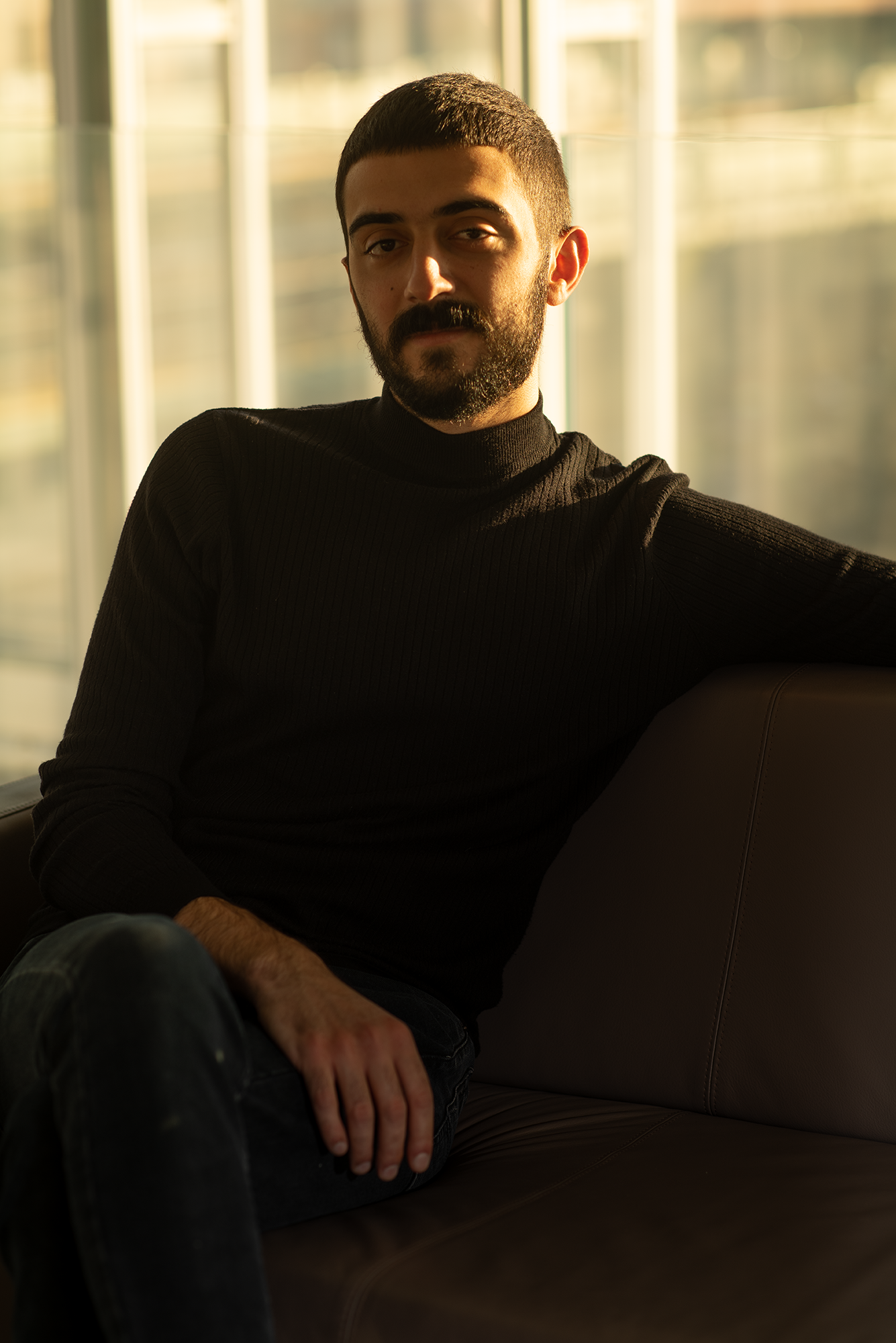
Lawen
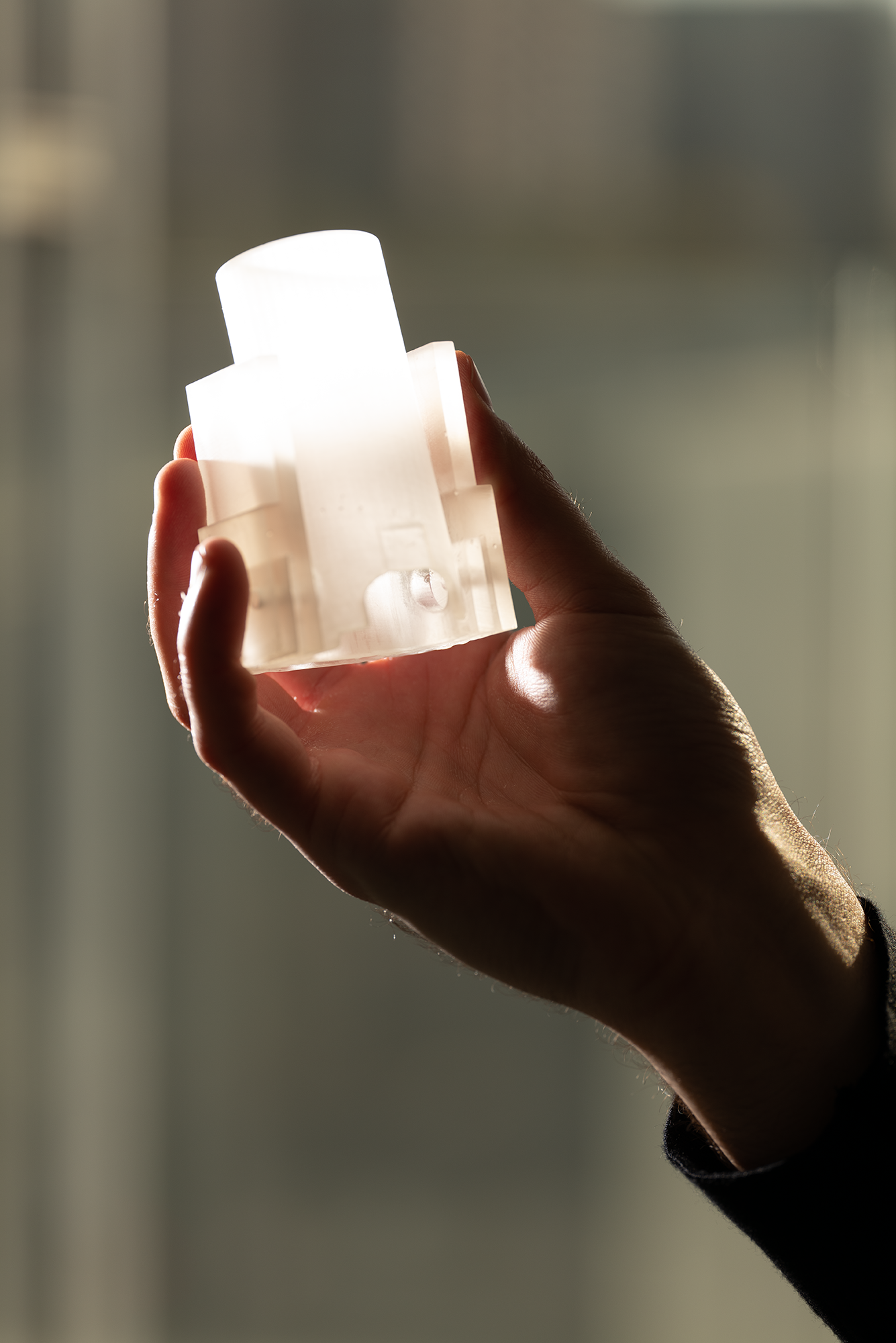
Custom equipment designed and 3D printed by Lawen for use in the MRI
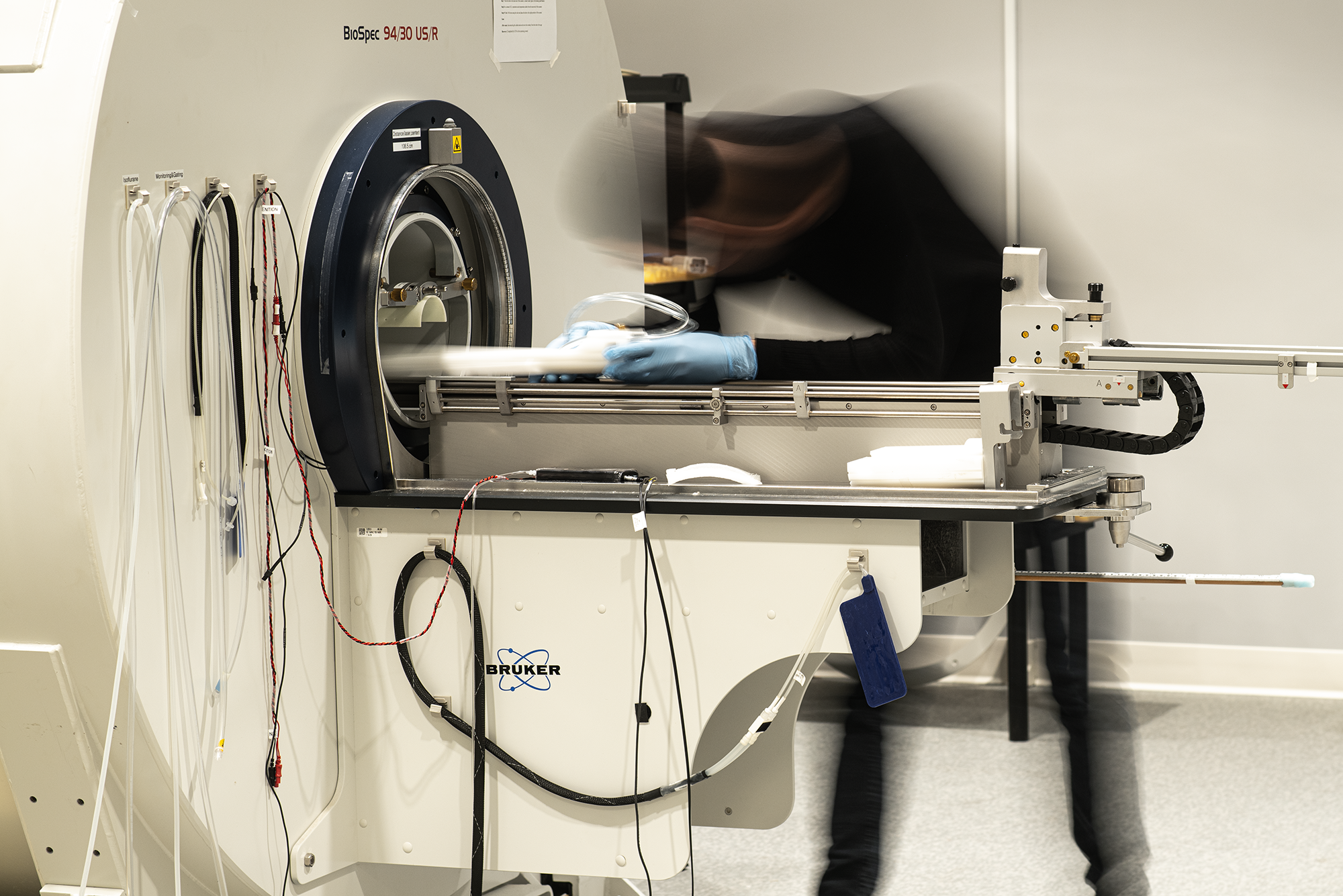
An MRI machine designed for non-human animals and optimized for functional brain mapping (fMRI)

Lawen's computer for analyzing fMRI datasets
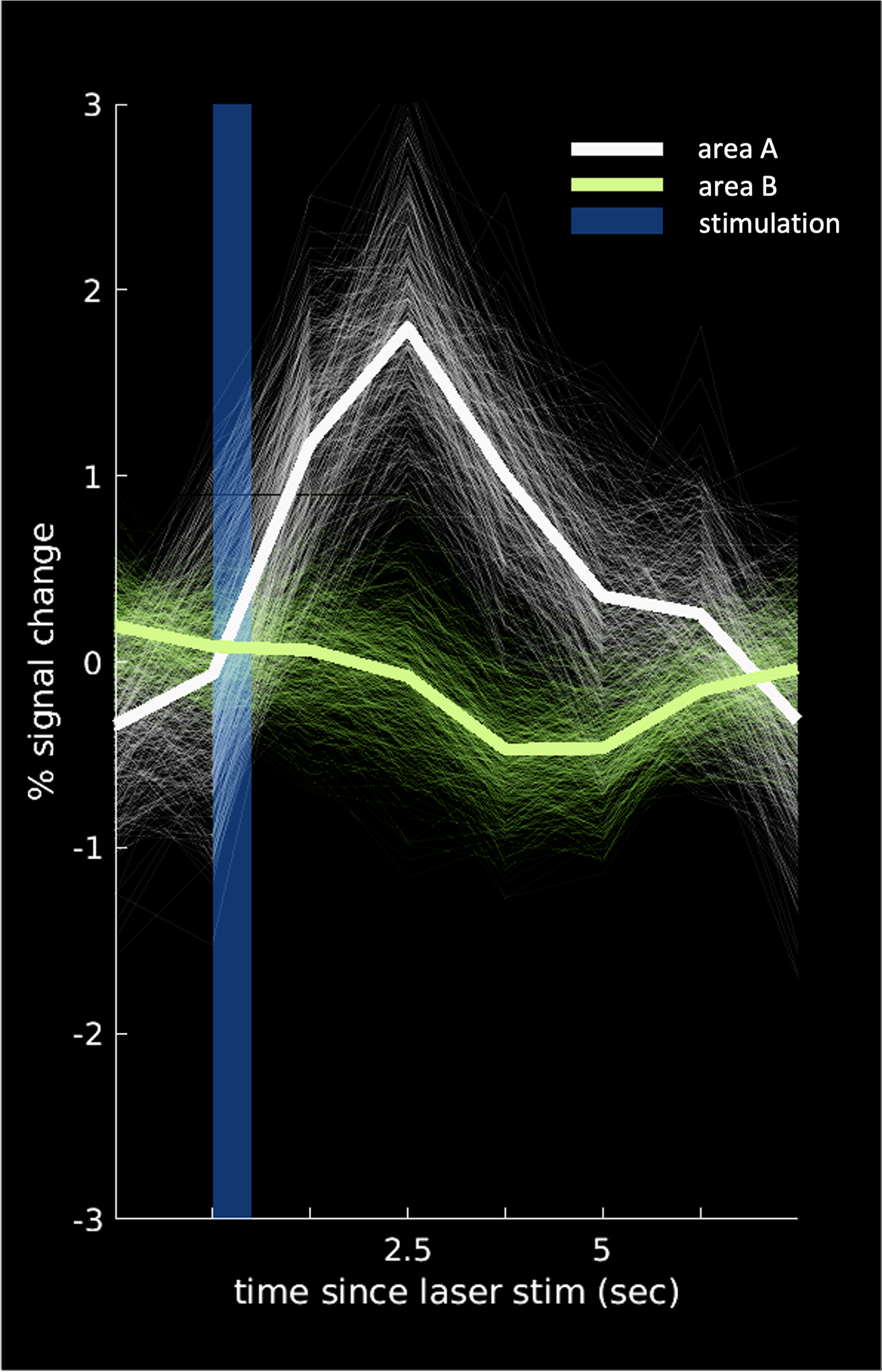
Brain activity measured from fMRI data
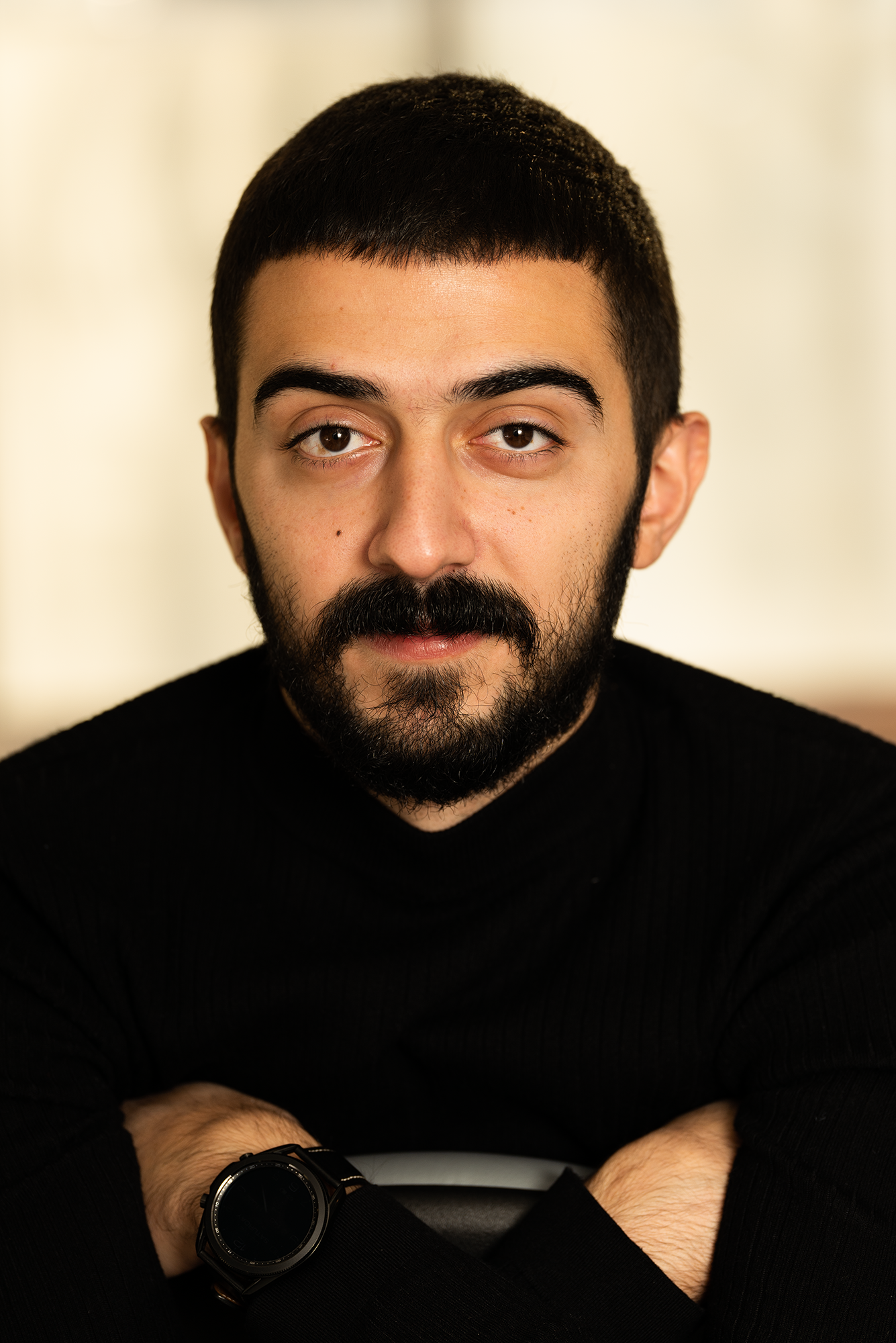
Lawen


